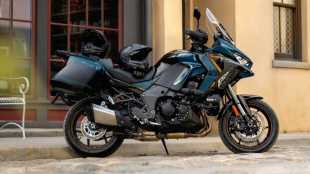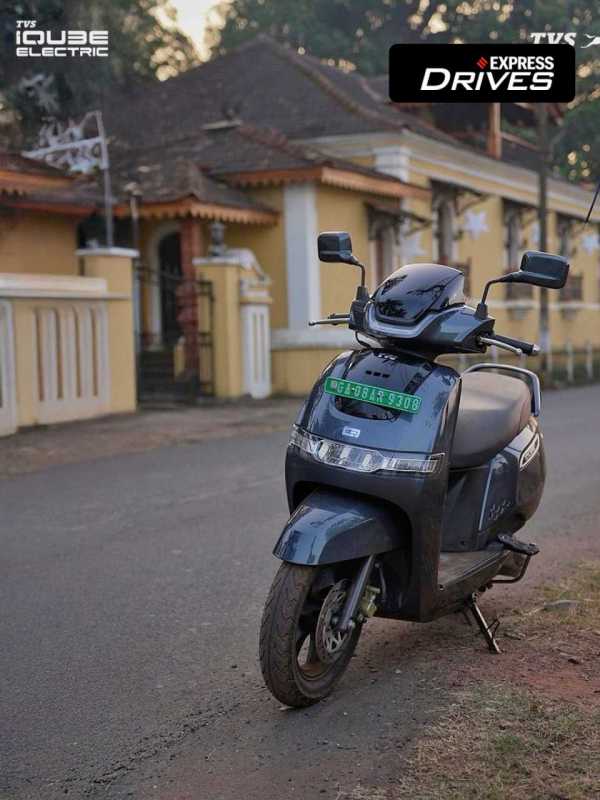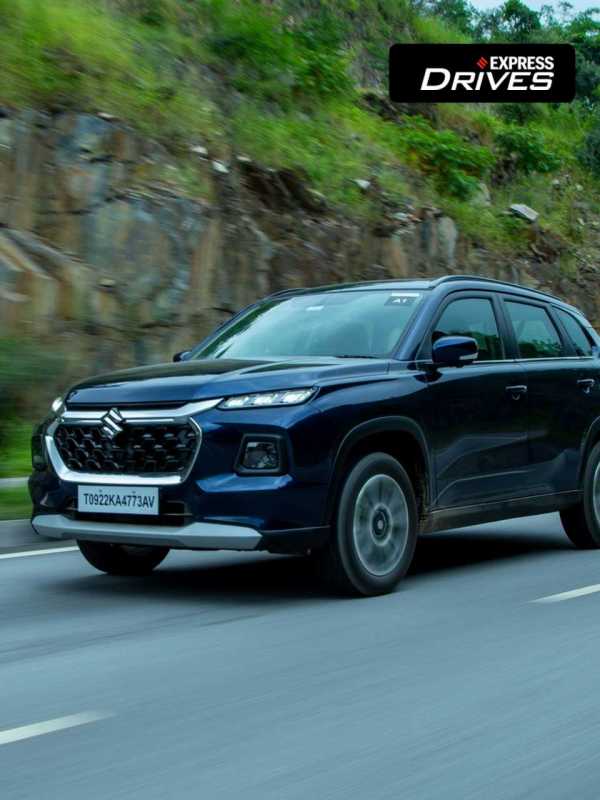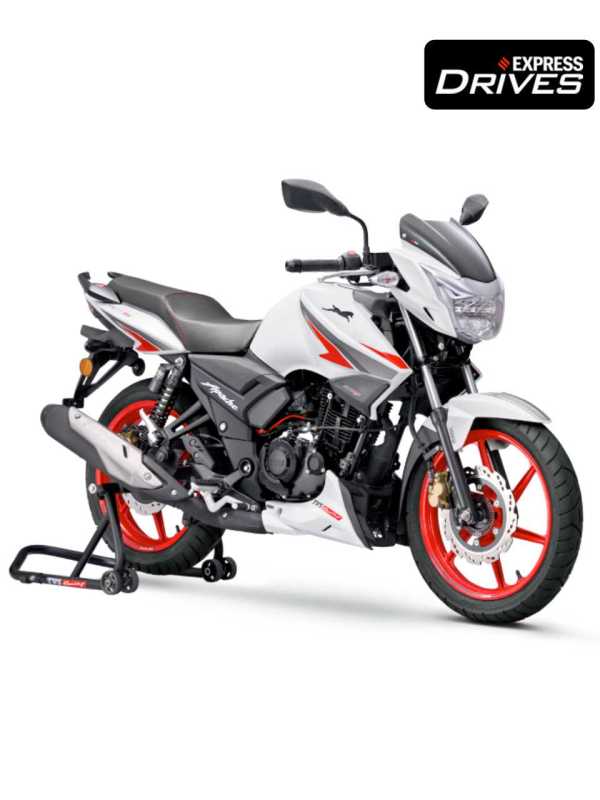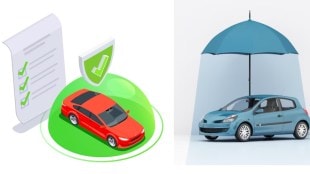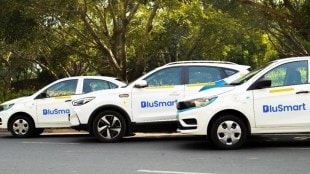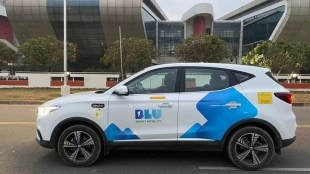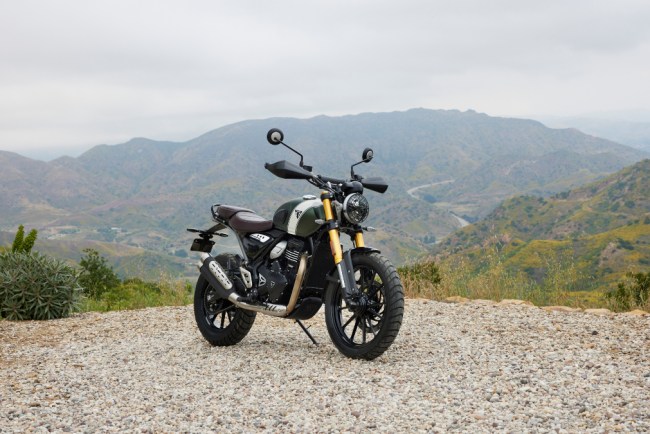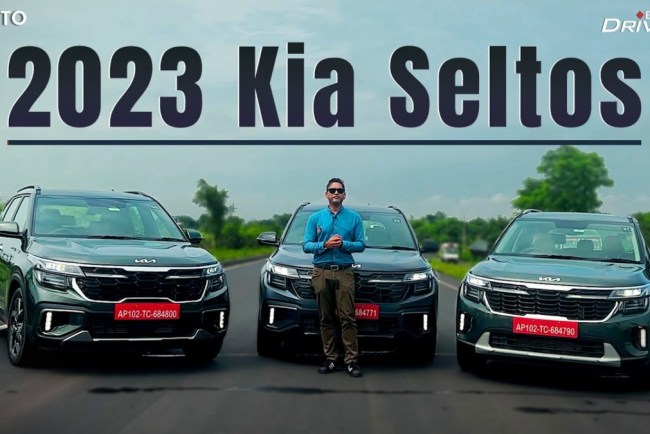Maruti Suzuki India is betting on electric and hybrid as it charts out its growth strategy for this decade. The passenger vehcile market leader is planning to launch a hybrid vehicle over the next two months and six electric offerings between now and 2030, especially in the SUV segment.
Speaking after the announcement of the company’s FY2023 and Q4 results, chairman RC Bhargava revealed that Maruti Suzuki India would, “introduce 6 different models of electric vehicles by end of 2030. The electric vehicles that we will have will largely be in the SUV category, though we are moving into other categories also. Expect Maruti’s electric offerings to take up large market share.”
Not just that, the chairman also hinted about a hybrid offering on the cards soon. He said Maruti is, “likely to launch a three-row strong hybrid vehicle that we will be sourcing from Toyota. It will be environmentally friendly and likely to be in the market in 2 months or so.” He added that Maruti will “ continue to work towards carbon neutrality. Besides electric, we will also focus on CNG, hybrids, ethanol.”
Maruti closed FY2023 with highest-ever annual sales volume and the annual turnover of the company surpassed Rs 1 lakh crore mark. It reported 43 per cent jump in net profit at Rs 2623 crore in Q4 while revenue from operations grew 20 per cent YoY to Rs 32,048 crore. The company’s sales for FY2023 however fell short of 2 million target by 34,000 vehicles due to the chip shortage. But Bhargava expects buoyant sales going forward despite headwinds, “In FY2024 we will continue to have problems relating to semiconductors, hopefully next three quarters will be better than Q1. I think Maruti Suzuki with all the new model launches will do better than the 6-7% growth expectation from the industry. We will comfortably cross the 2 million mark in this fiscal.”
Exports is another avenue that Maruti Suzuki is betting big on . “Exports grew to 2.59 lakh units and we remained as the second largest exporter of cars from India. We estimate that by 2030, exports could reach as much as 750,000 units,” Bhargava added.
However, the outlook for small cars continue to be negative.



